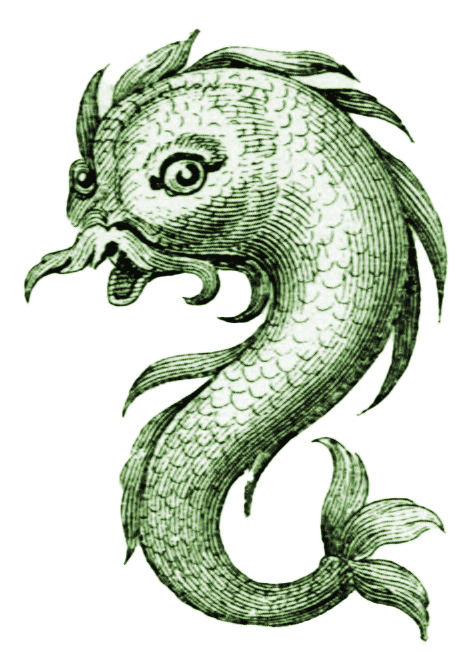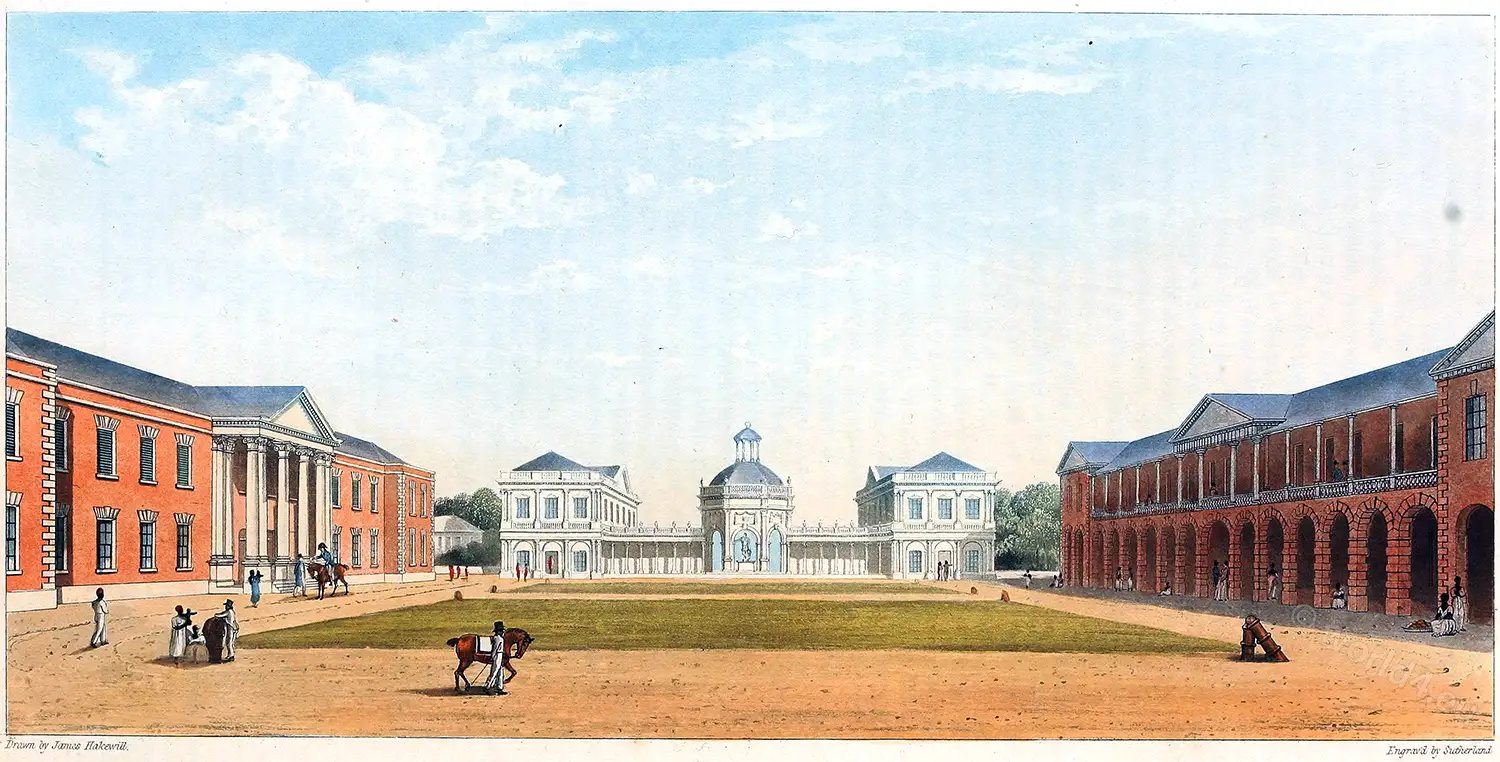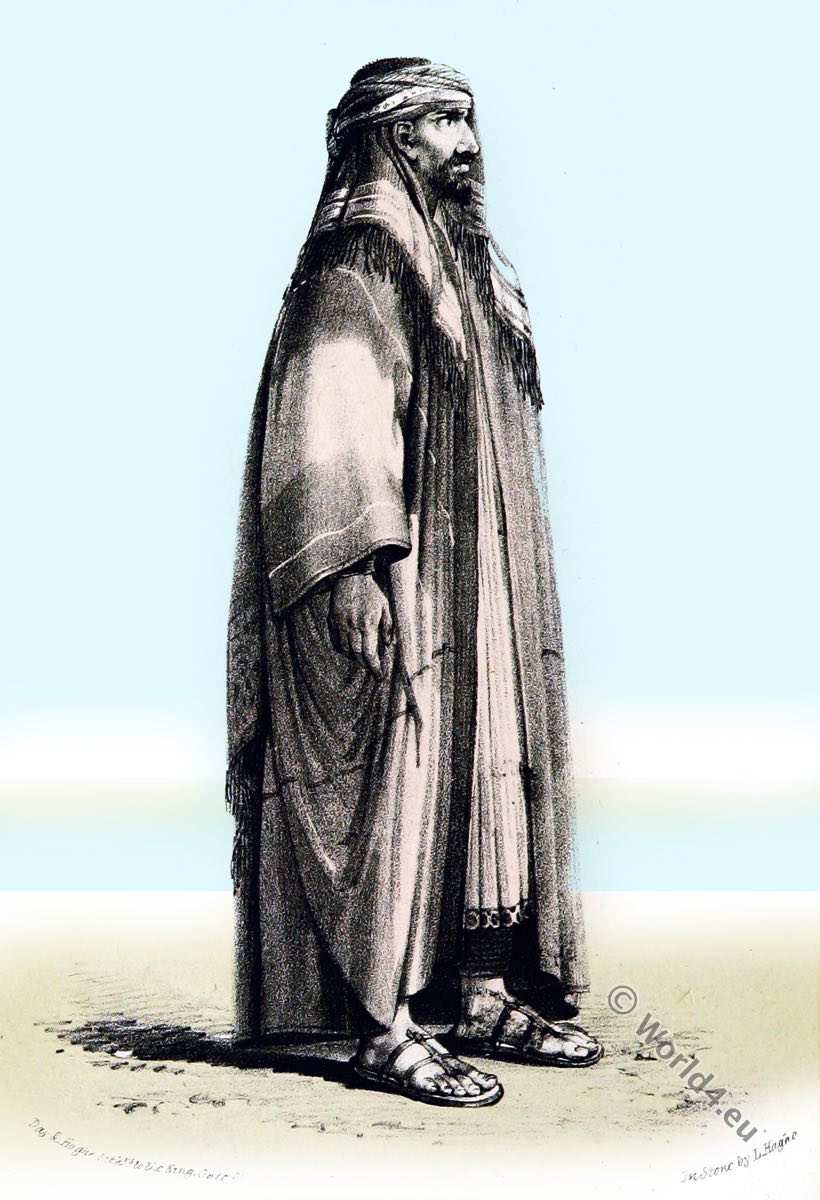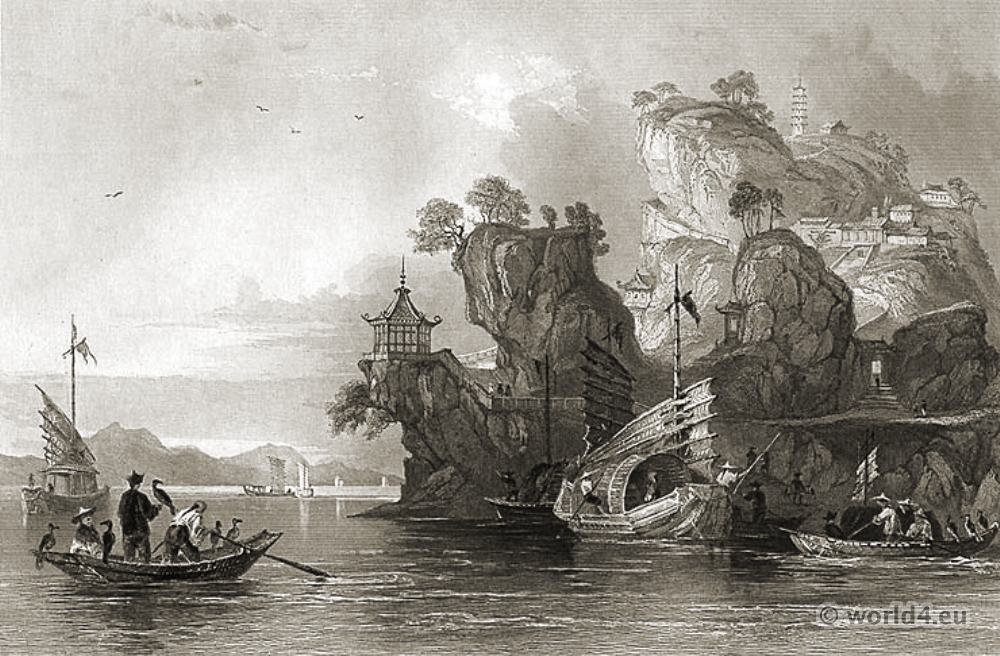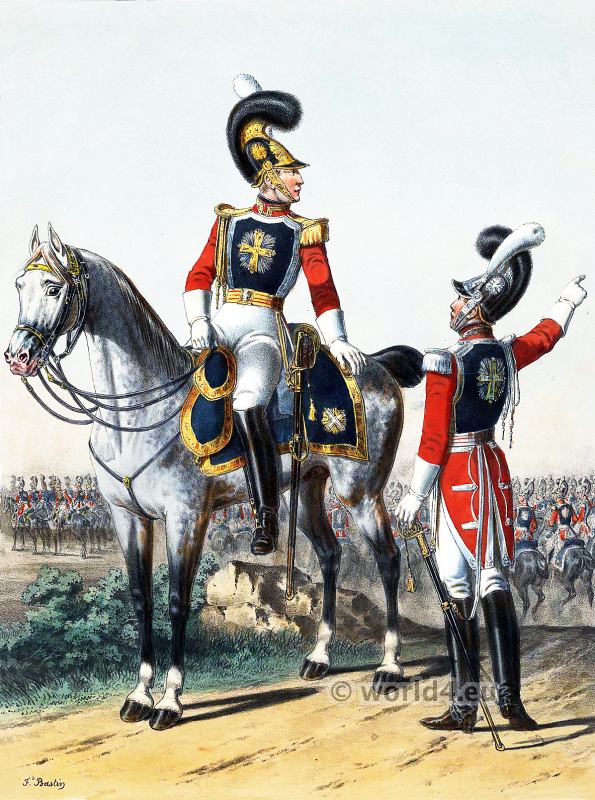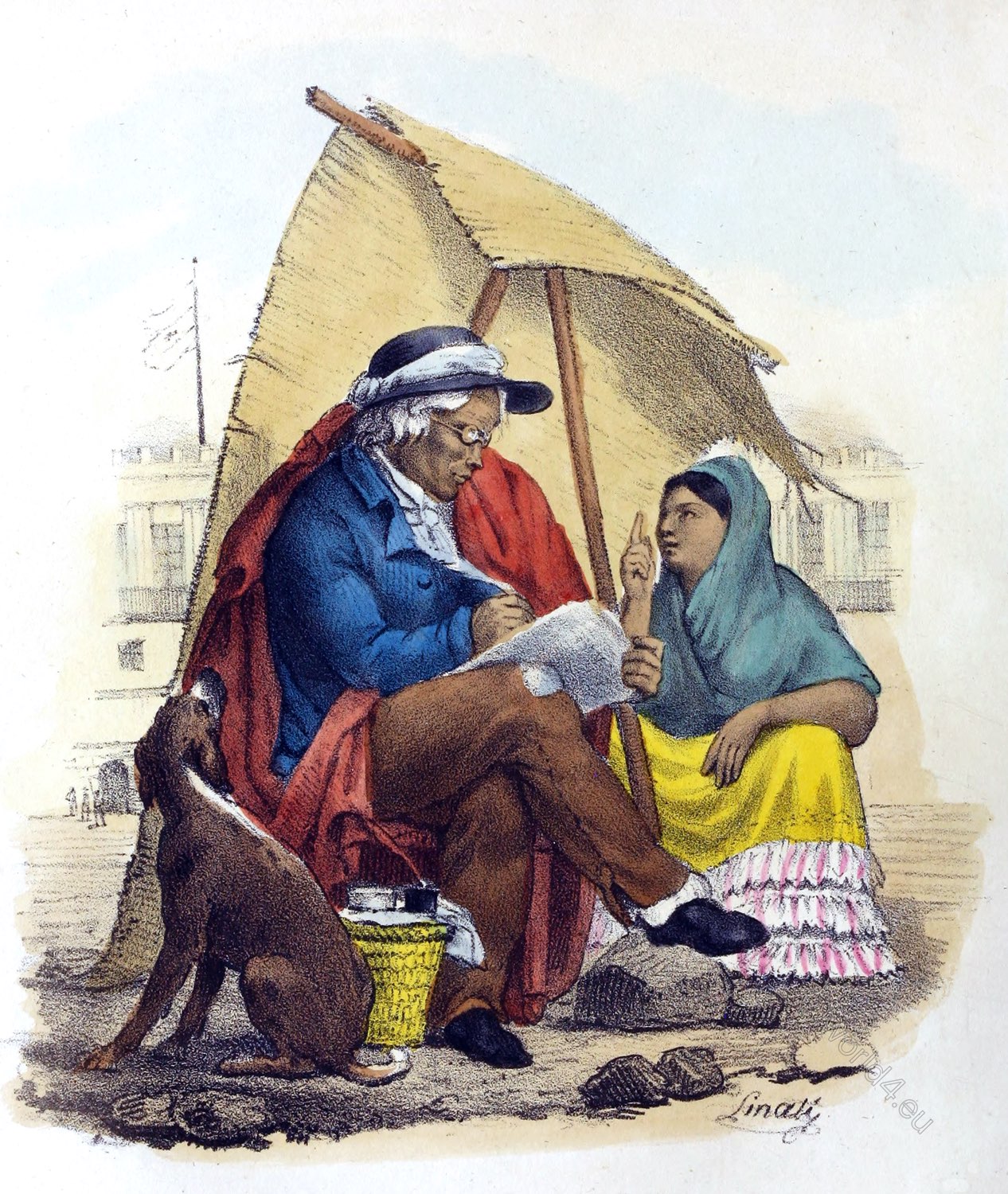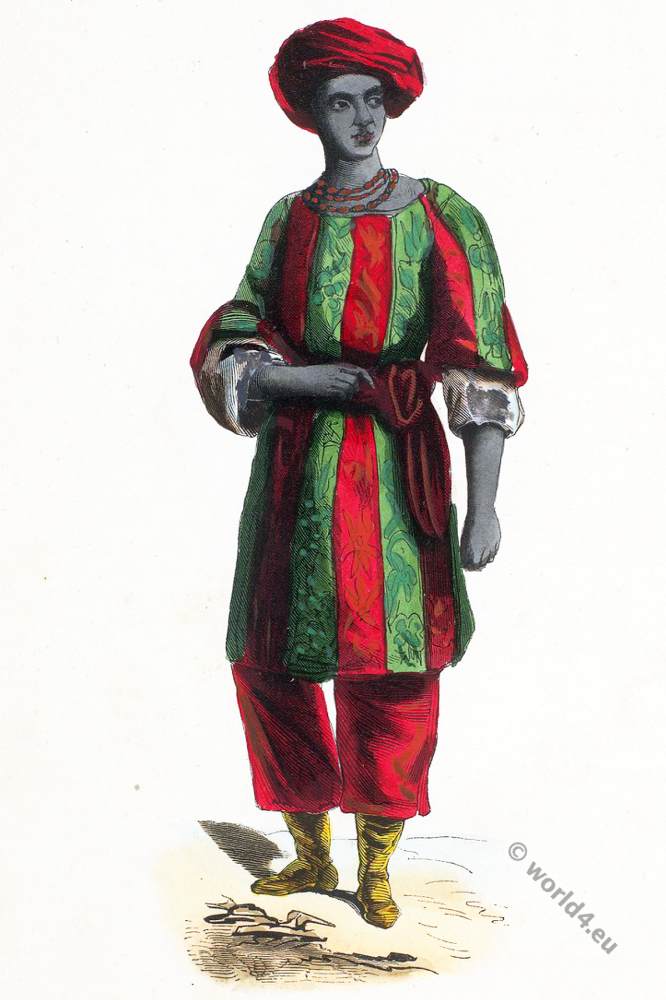THE KING’S SQUARE, ST. JAGO DE LA VEGA.
(Today Parade Square, Spanish Town, Jamaica)
The King’s Square in St Jago de la Vega (Spanish Town), which was the capital of Jamaica until 1872, when it transferred to Kingston. Spanish Town was the capital of Spanish Jamaica from 1534 to 1655.
St. Jago de la Vega, generally known as Spanish Town, is situated about thirteen miles from Kingston, and six from Port Henderson, the nearest shipping places. The road from each is level and excellent. It was fixed upon as the capital of the Island, after the desertion of Sevilla Nueva, a town on the north side, near St. Ann’s Bay, which had been founded by Juan de Esquivel, who was appointed governor by Don Diego, the son of Christopher Columbus. Blome, who compiled a short account of Jamaica, so early as 1672, says, that the town of St. Jago de la Vega consisted of 2,000 houses, two chapels, and an abbey.
At present, the number of houses paying taxes are 168; but as no house is assessed unless paying a rent above £50, the number may probably be about 600. It is the seat of government, and has been so ever since the conquest of the island, with the exception of a short period in 1754 and 1755, during the government of Charles Knowles, Esq. when five sessions of the House of Assembly were held in Kingston. The chief ornament of Spanish Town is the King’s Square; on the east side of which is the House of Assembly, on the west the King’s House, on the north Rodney’s Temple, and on the south the public offices.
The annexed view exhibits the first three buildings. The interior of the King’s House or residence of the Governor, is well adapted to the climate; the rooms are spacious and lofty, and the whole is elegantly furnished; the House of Assembly is large and convenient; of Rodney’s Temple, a monument so honourable to the loyal and patriotic feelings of the island, we shall give a more enlarged account.
On the 20th February 1783, the House of Assembly directed the Committee of Correspondence to write to Stephen Fuller, Esq. the agent for the island, directing him to apply to the most eminent artist in Eng- land, to prepare an elegant marble statue of Lord Rodney, to be erected in the Parade of Spanish Town, in commemoration of the glorious victory obtained by that gallant commander, and the brave officers and seamen serving under him, over the French fleet on the 12th of April 1782.
In I788 the statue was received at Kingston, and its arrival renewing the public feeling towards it, which the long delay had in some slight measure depressed, a violent struggle commenced between Kingston and Spanish Town for the honour of its final possession. A petition was presented to the House of Assembly from the inhabitants of Kingston and Port Royal, in which they stated, “That they had subscribed a large sum of money for the purpose of conveying Water from the Hope River to the Parade at Kingston, by means of which they propose to form a spacious basin to surround the statue, and that they had lately subscribed a further considerable sum to assist in erecting it; but that they are penetrated with the deepest concern to find that a report prevails of its being intended to be placed in Spanish Town.”
In this petition every argument to support the object of the petitioners was urged, but a motion being made in consequence in the House of Assembly, that the petition be referred to a committee of the whole House, it was determined in the negative, by the casting vote of the Speaker alone, the numbers being for entertaining the petition 19, and 19 for its rejection.
A Committee was then appointed for determining the site in Spanish Town on which it should be erected, who reported in favour of the Parade, and for erecting the colonnade and public offices which form the wings.
The statue, executed by the elder Bacon, was erected on the 13th December 1792, and in the evening splendidly illuminated. The whole expense of this national monument appears to have been £30,918. 8s. 4d, currency of Jamaica.
The Barracks on the south side of the town are large and commodious.
The Church is an ancient brick structure of no exterior beauty, but contains some fine monuments, particularly those to the memory of the Earl and Countess of Effingham and Sir Adam Williamson. The most ancient is an inscription upon a flat stone in the chancel, to the memory of the wife of Sir Charles Lyttleton, dated January 1662.
Source: A picturesque tour of the island of Jamaica by James Hakewill. London: Hurst and Robinson, 1825.
